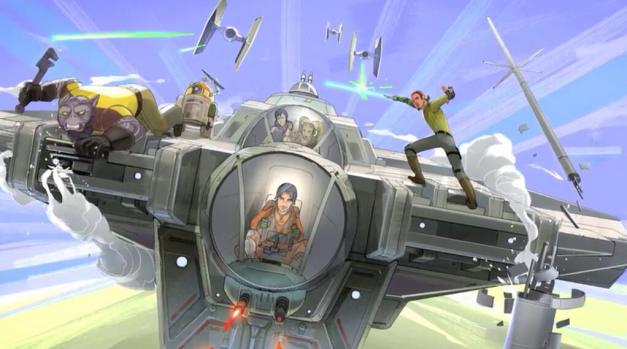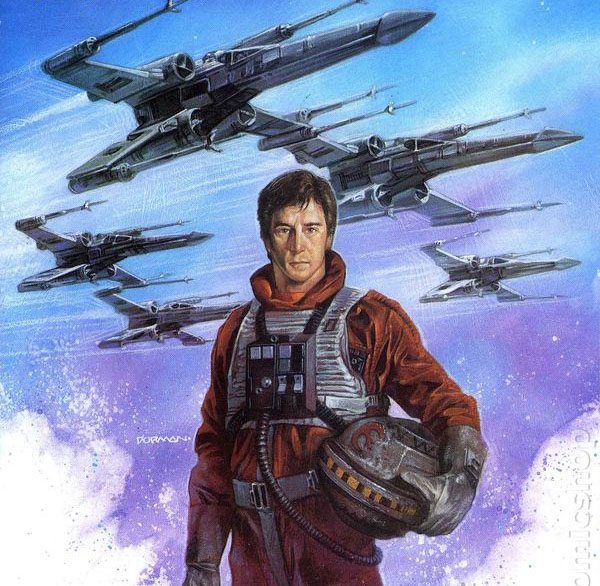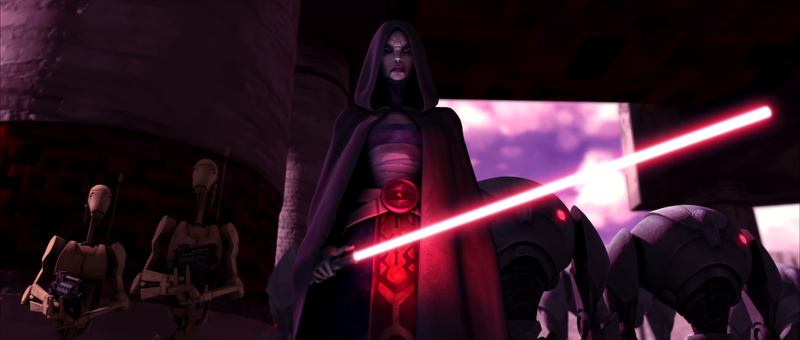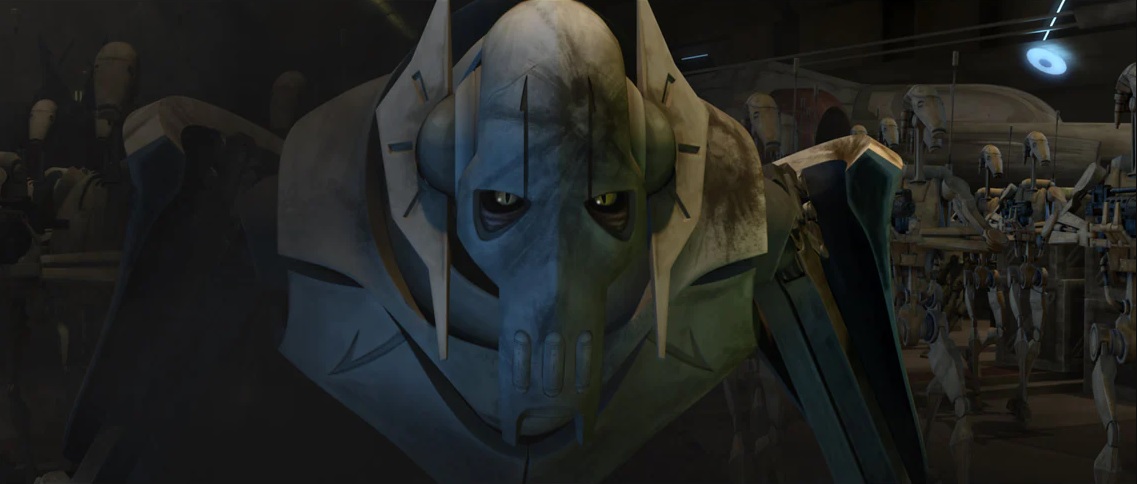
With just under a month to go until the official premiere of Star Wars Rebels‘ first two episodes, the franchise’s hyperdrive is pretty much locked in—the first tie-in novel is out, the merch is starting to appear on shelves, there’s some kind of weird bag thing happening at Subway, and as of last Monday, all four preview character shorts are available to the public (and below!). Brief vignettes taking place apart from the main action of the series, these four 3-minute videos serve as our introductions to the cast of Rebels in action, and even more importantly, to the show’s tone and style.
So now that they’re out, this seemed like a good opportunity to introduce our own walking, talking Rebels coverage machine—new staff writer and longtime contributor, Ben Wahrman. Ben has foolhardily (is that a word?) agreed to write a piece covering each episode of Rebels’ upcoming first season—since the premiere is two episodes, that’s fifteen pieces in total. Myself or others may weigh in here and there, but the plan is for Ben to be the backbone of Eleven-ThirtyEight’s Rebels operation. Read More
 Some of my earliest memories of Star Wars fandom are of searching my local comic book store for trade paperbacks of X-Wing: Rogue Squadron. Huge book stores were still in vogue back in the nineties, so odds were good that the only thing between me and whichever novel I’d decided to read next for my Great Bantam Catch-Up of ’97-’99 was a quick trip to Media Play or Borders. Catching up on the comics was another matter—something “mainstream” like Dark Empire wasn’t too hard to track down, but there were at least six trade collections of XWRS already in print by the time I got around to it, and a couple more on the way—and that’s not counting the first story arc, The Rebel Opposition, which wasn’t collected until the first XWRS Omnibus several years later.
Some of my earliest memories of Star Wars fandom are of searching my local comic book store for trade paperbacks of X-Wing: Rogue Squadron. Huge book stores were still in vogue back in the nineties, so odds were good that the only thing between me and whichever novel I’d decided to read next for my Great Bantam Catch-Up of ’97-’99 was a quick trip to Media Play or Borders. Catching up on the comics was another matter—something “mainstream” like Dark Empire wasn’t too hard to track down, but there were at least six trade collections of XWRS already in print by the time I got around to it, and a couple more on the way—and that’s not counting the first story arc, The Rebel Opposition, which wasn’t collected until the first XWRS Omnibus several years later.![[IMG]](http://img3.wikia.nocookie.net/__cb20120827220441/starwars/images/thumb/7/73/Ahsoka_and_anakin.png/640px-Ahsoka_and_anakin.png)


